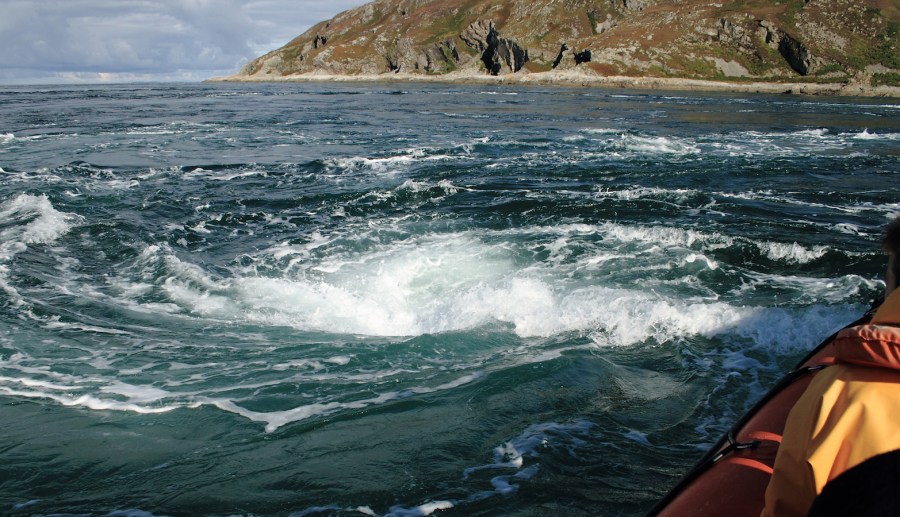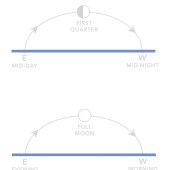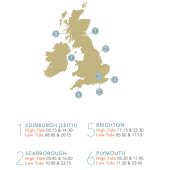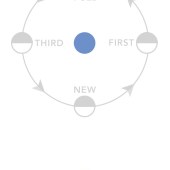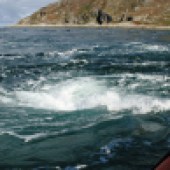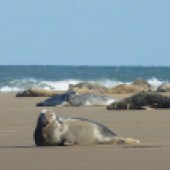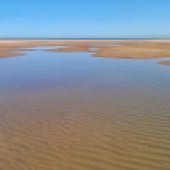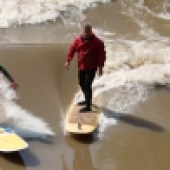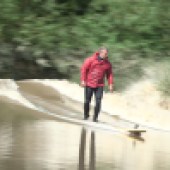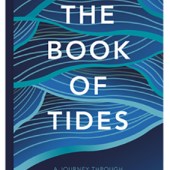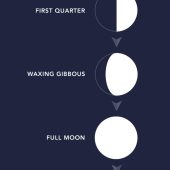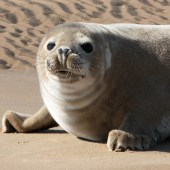When I’m not exploring the coast of Britain I’m found in Deal, a small town in Kent famous for smuggling, castles and ‘the Downs’ – a natural anchorage where hundreds of ships took shelter in the days of sail while waiting for favourable winds to take them down the Channel and into the Atlantic. There are few sailing boats to look upon now but, being east-facing, the beach enjoys a sublime view often overlooked in today’s world; the moonrise. There’s something magical about watching the moon rise – it could easily happen without you noticing, it seems to appear at wildly different times every day, and for half the month you can’t even see it because of the sun’s alignment. It’s this rarity that makes catching one unique, watching it gently drift above the horizon with an elegance matched only by its pull on our seas.
Before I get carried away talking about the power of the moon, let’s start by going through the four main phases. The first thing to remember is that the moon doesn’t emit any light of its own – it simply reflects sunlight – and the face being lit up tells us what phase we’re in. Once a month, the moon orbits the earth and we start with the ‘New Moon’, dark in the sky because it’s directly between the sun and earth so we can’t see the face being illuminated [see drawing, right]. Seven days after the New Moon you will notice the right half of the moon is lit up; this is the ‘First Quarter’ phase, named because it has completed the first quarter of its monthly orbit around us. A week later the whole moon is visible, so we call it ‘Full Moon’. Seven days after this and three-quarters into the monthly lunar cycle, we experience the ‘Third Quarter’ when the left half is lit up. A week later we return to ‘New Moon’ and the cycle repeats itself.
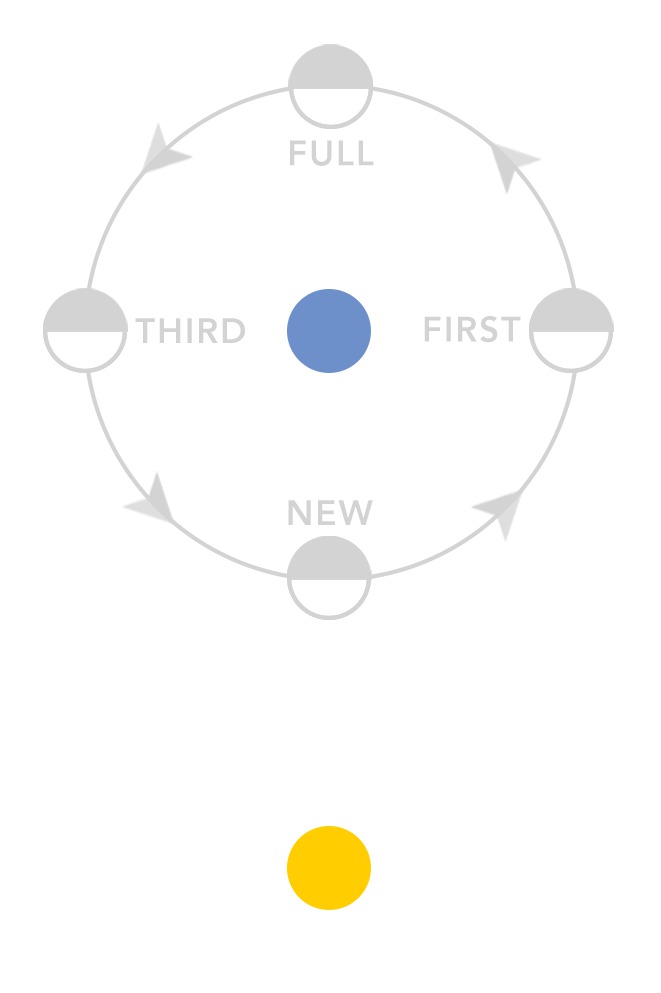
TIDE POWER
The moon phase has a huge effect on the British coast. During the New Moon and Full Moon when the earth, sun and moon are aligned, the combined gravitational pull from the sun and the moon is enhanced and this creates more powerful tides with higher highs, lower lows and faster currents – a time called Spring Tides. A week later, when the moon is perpendicular to the sun and earth, we experience weaker tides called Neap Tides [meaning ‘without power’]. A week after Neaps, the sun, moon and earth are re-aligned and we return to Springs. These fortnightly Spring Tides – nothing to do with the season – are so powerful that they create astonishing natural phenomena around Britain; the mesmerising Bitches standing waves in Wales, the awe-inspiring Corryvreckan Whirlpool in Scotland and the infamous Severn Bore in England.
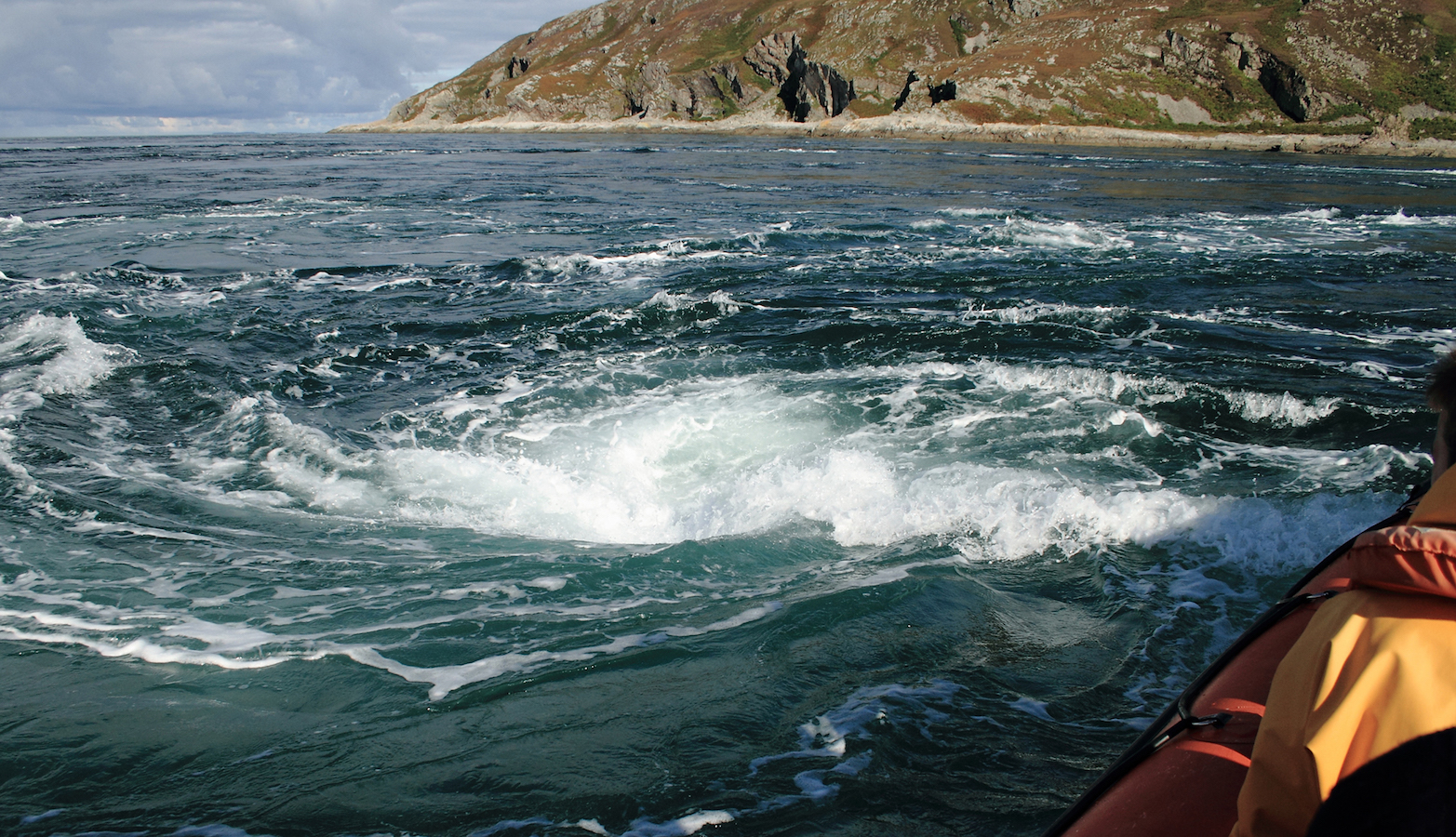
A TIDAL BORE
Last summer I had the privilege of experiencing the Severn Bore with Steve King, a railway engineer from Gloucester who has been surfing the bore longer than I’ve been alive. Steve is a Guinness World Record holder for riding the wave 14.5km upstream, a feat made possible by the rising tide being funnelled into the Severn Estuary until the pressure is so great the water bursts forward and surges up the river in the form of a 2m wave. Unlike most people who choose to take their days off at the weekend, Steve times his days off for New and Full Moon phases, regardless of what day of the week it is. And when there’s a rare Perigean Spring Tide [when the New Moon or Full Moon happens at the time when it is closest to the earth on its elliptical orbit] Steve makes the most of the enhanced gravitational pull and takes a holiday to explore other bores around Britain – the Dee, Arnside or Humber – Britain has the highest concentration of them in the world.
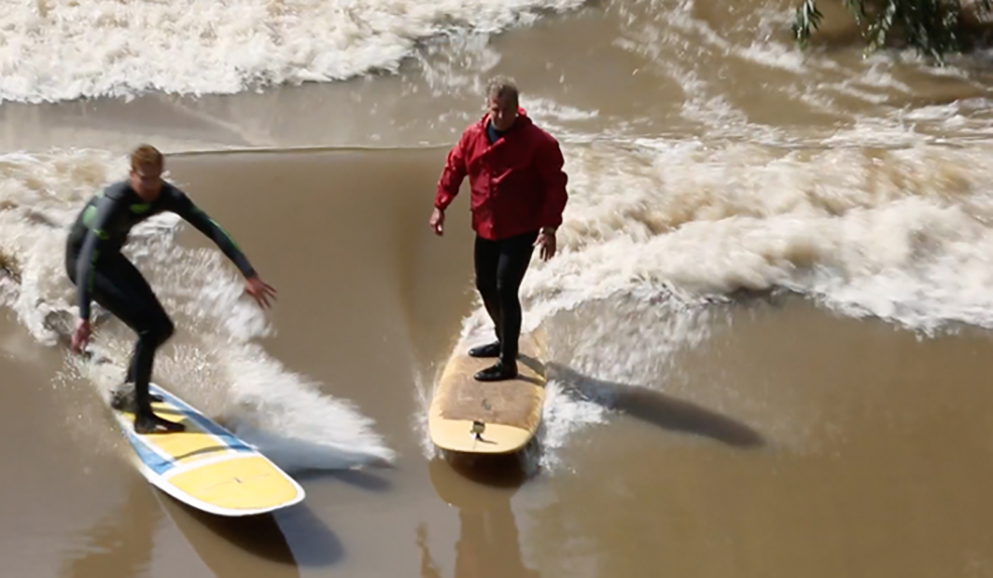
TIDE TIMES
Not only does the moon affect the power of our tides, it also controls the timings. For example, the Severn Bore always appears around 9am and 9pm. And with just a little research you can learn the tide times for your local beach; at the next Full Moon write down the time of high tide and check it on the following Full Moon – it will be within an hour. And it should always be like this, for the rest of your life. The theory goes that because tide times are 50 minutes later every day, over a lunar month this adds 24 hours [50 mins x 29.5 days = 24 hours], so tides essentially ‘reset’ themselves. And by learning the time of high tide for Full Moon you can then apply it to any moon phase; during the Third Quarter a week later simply add 6 hours [50 mins x 7 days = 6 hours]. And to find Low Tide simply add or subtract 6 hours from high tide.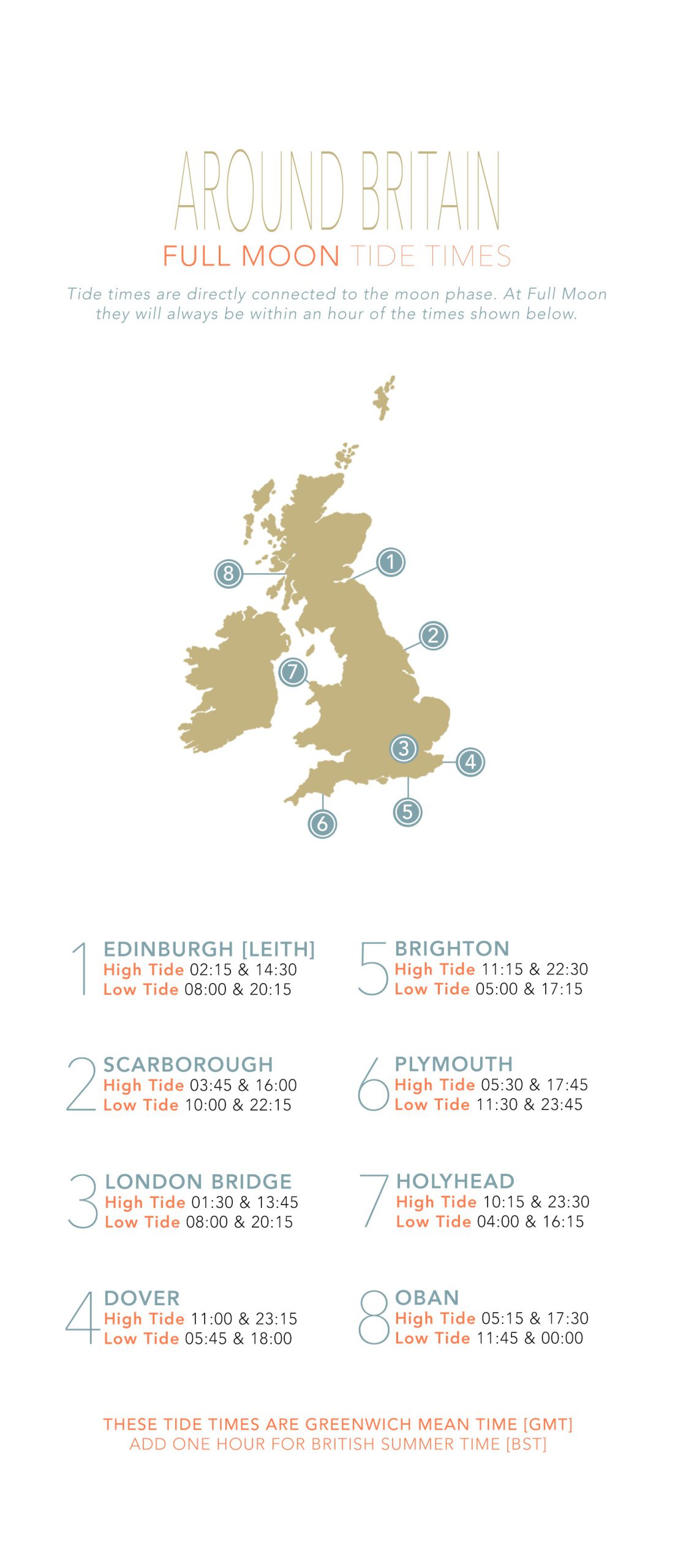
The GOODWIN SANDS
On my local Kent coastline low Spring Tides always happen around 6am and 6pm, a crucial time as the especially low tides create the effect of a set of tidal islands rising out of the sea five nautical miles offshore. These are the Goodwin Sands, mesmerising and treacherous in equal measures. I used to work for a company called Dover Sea Safari and we’d take people on trips to the sands, dropping them off for an hour of splendid isolation, all alone except for a colony of seals. On the morning trips someone would always ask bleary-eyed why we had to go so early – couldn’t we leave a little later? It’s not down to me, I’d answer, it’s the moon that sets the time. On one occasion we were navigating through channels among the islands and our sonar showed a funnel-shaped hollow in the sand directly beneath us. Right out the middle of it a single structure rose straight up; a mast – one of 2,000 recorded wrecks in just a few square miles.
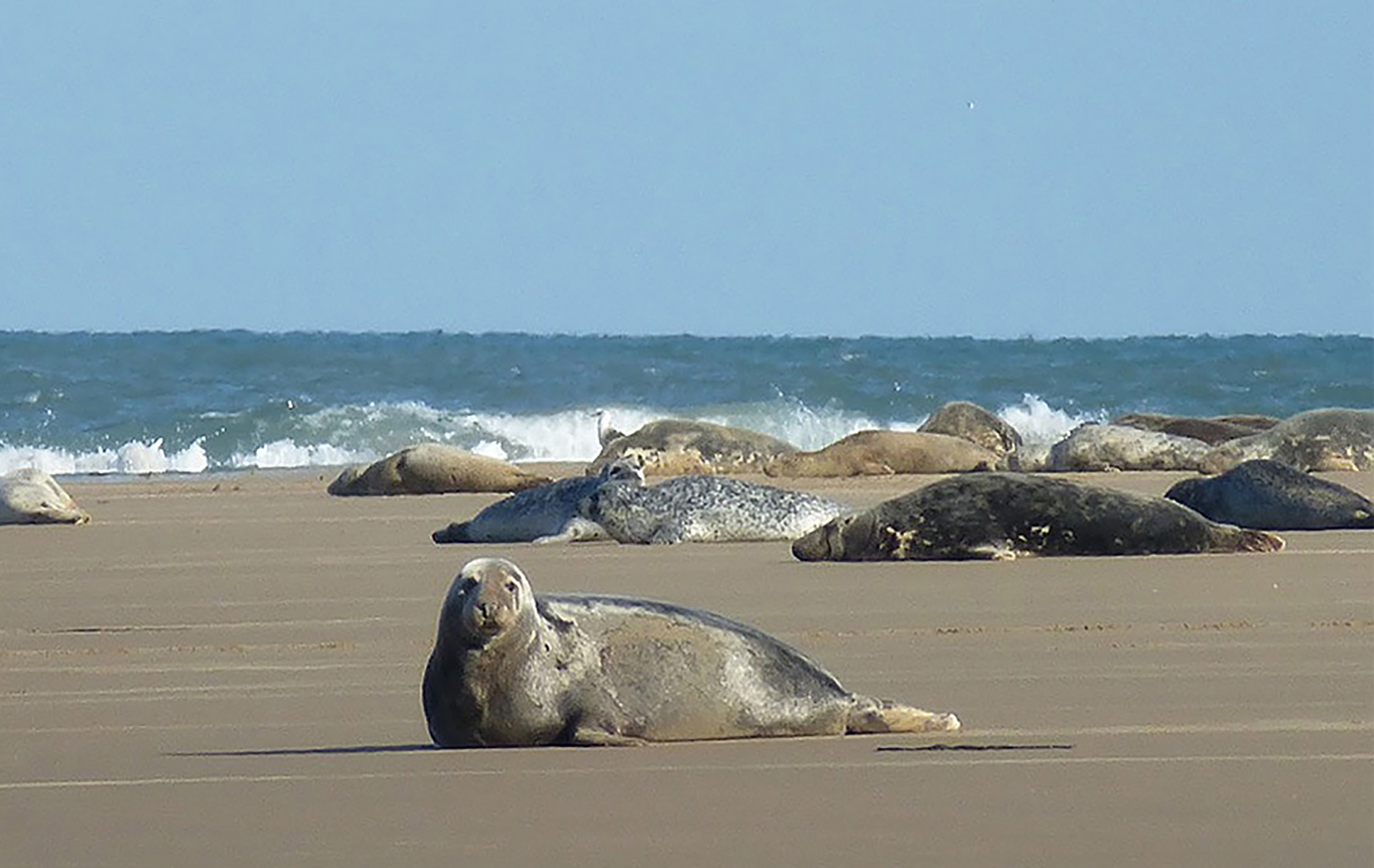
The powerful tides in the Channel are constantly shifting the Goodwin Sands and uncovering the wrecks of WWII bombers, merchant ships laden with silver, and 17th-century Man-O-Wars. This creates a natural playground for scuba divers, but it takes a special breed to enjoy exploring these cold, murky waters with currents so swift you have to hold on to the wreck to avoid being swept away while the visibility is so poor you can’t even see what you’re holding onto. One of my friends Mark Baines thinks the rewards are worth the risk and he has a way to minimise the danger; diving on the days around the First Quarter and Third Quarter moon phases when currents are weaker. So while Steve is surfing the Severn Bore during Springs Mark is working, and when Mark takes his days off to scuba-dive the Goodwin Sands during Neaps, Steve is back at work waiting for the next Spring Tide. All of this you can work out simply by looking up at the sky.

In the next Coastal Explorer, William will explore the secrets you can unlock by simply knowing the time of high tide.
About William Thomson
William Thomson is an author, artist and adventurer. He is a Fellow of the Royal Geographical Society and author/illustrator of The Book of Tides and The World of Tides. William leads Tide Walks around Britain where you can join him to boost your knowledge, enhancing the safety and satisfaction of your adventures. Find out more about his work at tidalcompass.com.
Looking for the perfect holiday right at the water’s edge? Discover our collection of exclusive cruise trips around the British Isles here.

